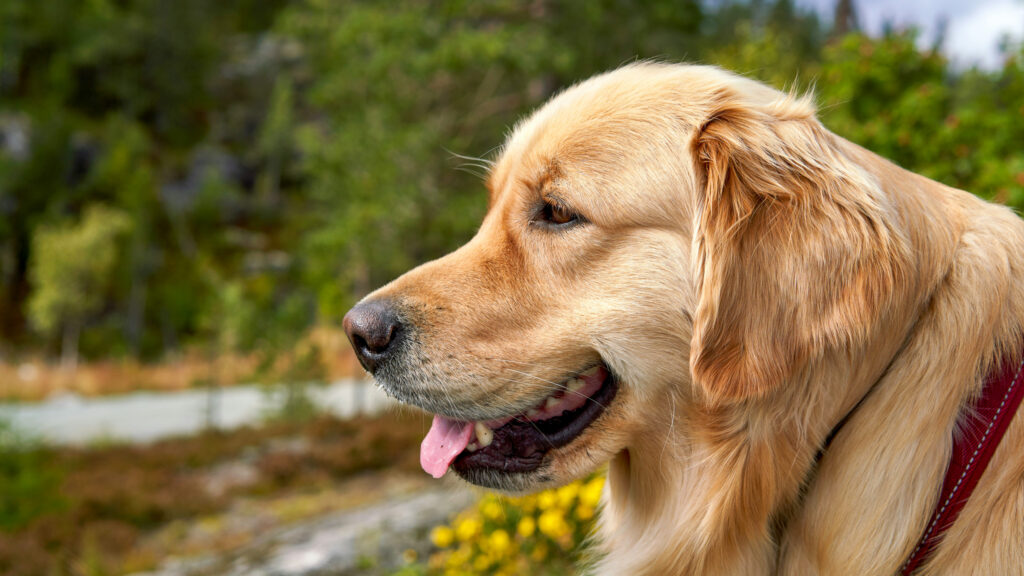Remote video-based guidance for guide dog teams (Gå foran!)
- Department Applied research in information and communication technology
- Fields involved Digital inclusion
- Industries involved Community
Guide dogs are essential to the independence of blind and partially sighted people, but access to follow-up training is often limited, especially in rural areas. Gå foran! explores remote video-based guidance as a supplement to traditional follow-up, aiming to provide more flexible, accessible and efficient support – wherever users are based.

Follow-up training for guide dogs today
After completing basic training at a guide dog school and a week of training in their local environment, the guide dog user is responsible for maintaining the guide dog’s skills and developing new ones.
This training takes place in the user’s everyday environment and is vital for maintaining skills, preventing bad habits, and ensuring continued mobility and independence.
Depending on the type and severity of the problem, guide dog users may contact a guide dog school for advice and assistance or, where available, a local guide dog club.
When a school is contacted, they assess whether the situation requires a guide dog trainer. If so, the user must apply to the Norwegian Labour and Welfare Administration (NAV), which then issues a formal decision on follow-up.
Delays in assistance can have serious consequences. Unwanted behaviours in the dog may be harder to correct if too much time passes, and lack of guidance can cause uncertainty and insecurity that restrict the user’s freedom of movement.
The need for more accessible trainer support
Local guide dog clubs can help solve certain challenges, but assistant trainers are volunteers and do not have the same expertise as certified guide dog trainers.
Today, there are 13 guide dog clubs across Eastern, Southern and Western Norway, but around one third of guide dog users in the country do not have access to a club in their area.
Both guide dog trainers and assistant trainers are scarce resources, and each trainer faces a heavy workload. While the guide dog teams wait for help, small issues may grow into bigger problems, further increasing the need for support.
Remote video-based guidance
This project develops and tests video-based remote guidance as a flexible supplement to physical follow-up training. The solution aims to provide faster access to guidance, reduce waiting times, make more efficient use of trainers’ time and strengthen the confidence of both users and dogs.
Our goal is for all guide dog teams, regardless of location, to have access to qualified support.
How we work
We follow a user-centred, iterative process and work closely with both users and stakeholders. This ensures frequent feedback along the way and helps us develop a solution that is practical, relevant and effective.
In addition to developing a concrete solution, the project seeks to increase knowledge about how remote guidance systems can be designed and implemented, and the impact they may have on different stakeholders.
To learn more about this project, please contact:
Project: Gå foran! Videobasert fjernveiledning av førerhundekvipasjer
Partners: The Norwegian Association of the Blind and Partially Sighted, Innocom AS, the Norwegian Association of the Blind and Partially Sighted’s guide dog school
Funding: Foundation Dam
Period: 2025 – 2026
This project is part of the Digital Inclusion research group at NR. Learn more about our work by following the link below.
